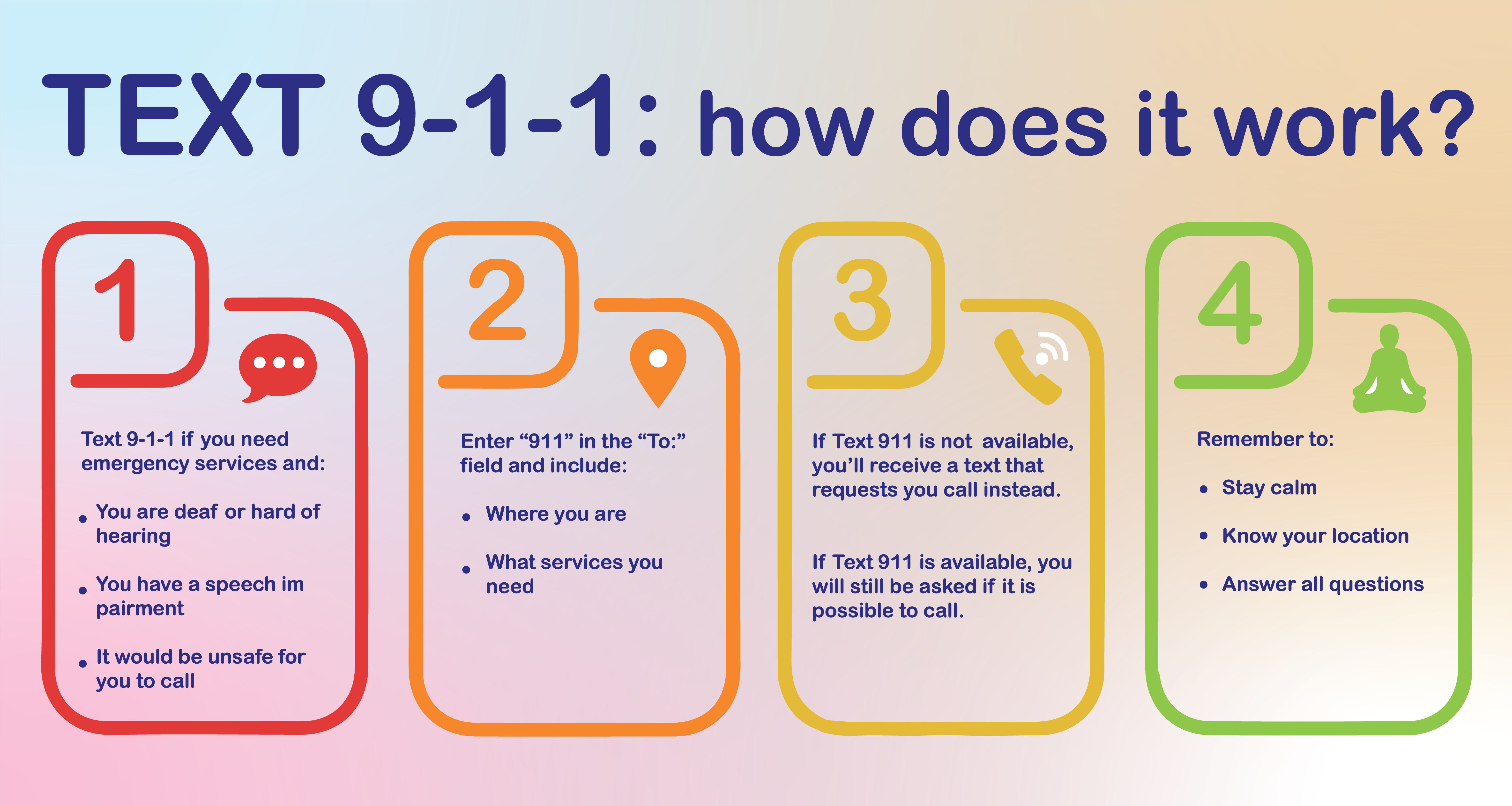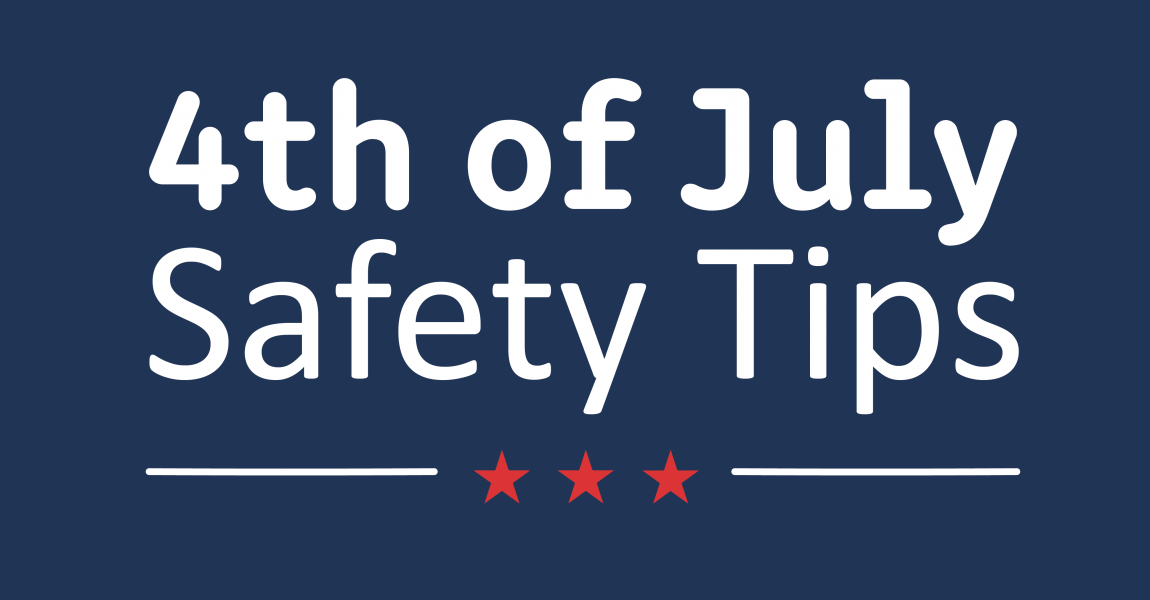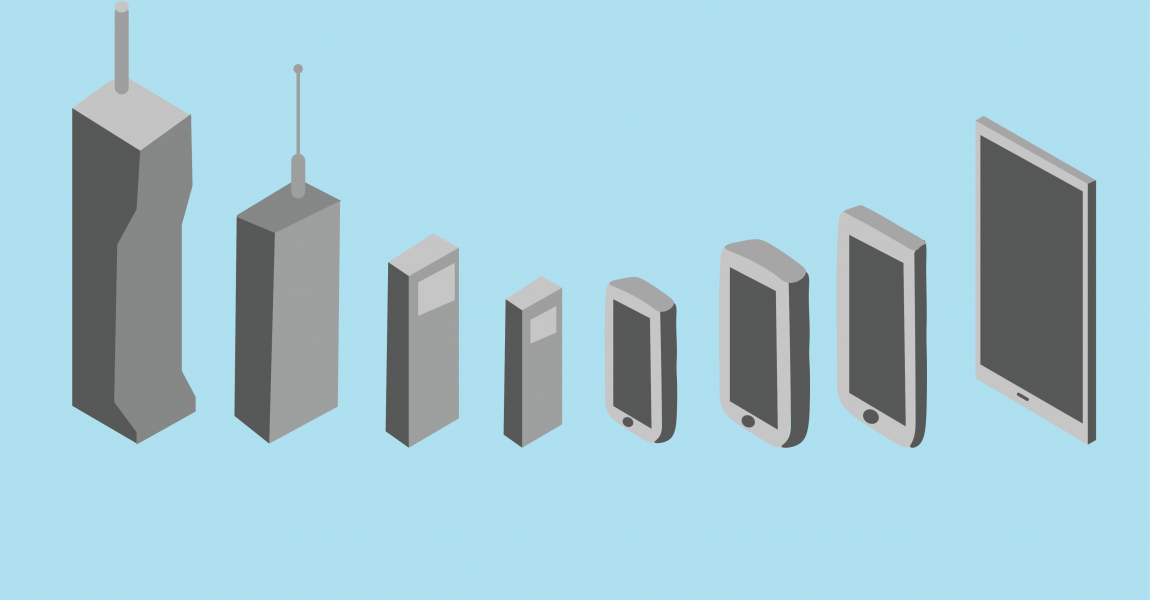Four 911 Myths and Why They’re Dangerous
Everyone knows what three digits to call during an emergency, but we always hear rumors about the 911 industry. We’re not sure where these assumptions come from, but every now and then we like to share the latest 911 myths and set the record straight. This week we’re discussing our top four from the past year, but look at the last time we addressed popular emergency number myths.
Myth 1: You will be charged for dialing 911
We hear this most often from our more senior public, but this is also a common query on search engines. Luckily 911 is supported by public funds, so it doesn’t cost you anything to dial those three digits. Every state has a different approach to processing 911 funds, but in the NCT9-1-1 service area, you pay a 911 service fee on every phone bill. After going through some formalized budgetary processes at the capital, that money is distributed to the various 911 authorities across the state. Your local law enforcement office may also have a budget to support communications.
You may be charged for emergency medical services, such as riding in an ambulance to a hospital, but that cost depends on the hospital and your own health insurance policy.
Myth 2: You can’t text 911
This actually depends on where you live. Those living in the NCT9-1-1 service area have been able to text 911 since 2013, but only about 25% of the country has text-to-9-1-1. It’s always better to call if you can and text if you can’t, but if you text in an area that doesn’t offer text, you’ll receive a bounce back message.

Myth 3: 911 can’t call you back
In most cases, 911 will receive your phone number and is able to call you back. The only exception is if you call on an inactive cell phone (or a phone that isn’t connected to a call plan). Though you will be able to reach 911, they will not receive location information or a call back number. You should also still confirm your phone number with the 911 call taker to make sure they have the right information.
Myth 4: 911 automatically knows your location when you call on a cell phone
We’ve said it a hundred times but we’ll say it again: 911 does not always get your exact location when you call on a cell phone. They may receive your approximate location, which is accurate within about 300 meters (or 3 football fields). That’s why it is always important to immediately tell the 9-1-1 call taker where you are and never assume they can track you.



